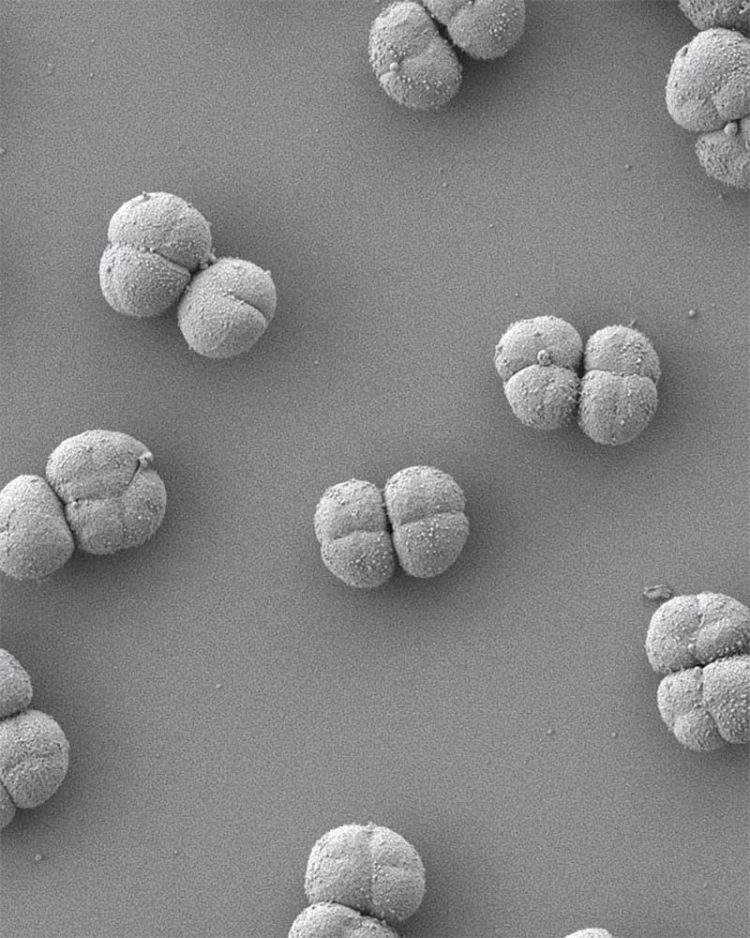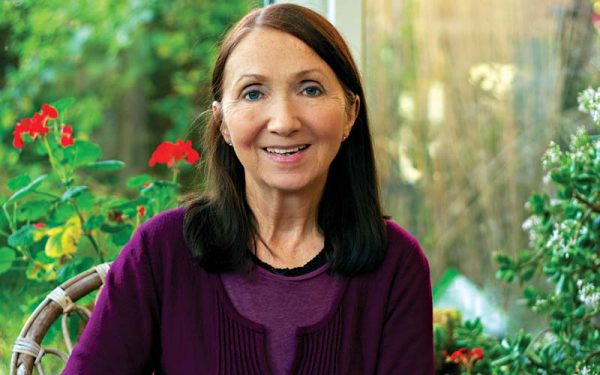If you look out of your window right now, the planet you see beneath you might seem like a tapestry of oceans, seas, mountains, deserts and fields that we have shaped and bent to fit our own ends. But think a little deeper – in fact literally go deeper into the earth’s crust – and actually it’s the very make-up of the Earth, from plate tectonics to atmospheric circulation and ocean currents – which has made us and the way we are in the 21st Century.
That might sound obvious, of course, but actually the planetary processes are more intrinsically linked to the way we live our lives than we have ever imagined, says author and professor of science communication Lewis Dartnell in his new book, Origins: How The Earth Made Us. “Each of the great steps in human history are fundamentally caused by the planet itself,” he says. “It’s thought all of modern humanity, for example, descends from a single exodus event out of Africa, entering the Arabian Peninsula during a climatic shift to wetter conditions and the greening of the area.”
It’s a fascinating book which, in its scientific voyage of discovery into our past – “I only cover 5 million years of history in 300 pages,” he jokes – has huge relevance for our present and future, an important and sobering reminder that we ignore the ground beneath our feet at our peril. Not least during its astonishing section where Dartnell aligns a swathe of Democrat voting counties in the overwhelmingly Republican southeastern United States to a band of cretaceous rocks formed 86 million years ago.
That might seem ridiculous, but take a step back and it makes perfect sense; the rocks eventually led to distinctively fertile land, perfect for cotton growing, which in turn brought slaves to cultivate it, and those African Americans stayed put. When they could vote, they tended to support the policies of the Democrats, traditionally more attuned to problems of poverty that these people were facing.
“All from a band of ancient sea-floor mud,” laughs Dartnell. “I loved exploring all these causal changes and links in this book. Here’s another one: the Arabian deserts are formed by atmospheric circulation and within them the camel became uniquely adapted to desert survival. So the camels were essential for the trade in incense, which began 4000 years ago from the southern tip of the Arabian Peninsula and carried across the deserts into Mesopotamia, the Levant and the Mediterranean. These kinds of routes that we often label as the Silk Roads were not just about trade; they were about the dissemination of ideas, technologies, philosophies, religions. It was the landscape and ecology of Eurasia that created this network – it was effectively the Internet of its time.”
And Dartnell’s ideas have genuinely started to disseminate across the globe too. The conversations he’s had since publication – including in Dubai at the Emirates Literature Festival earlier this year – have convinced him that people instinctively understand that “one of the repercussions of humanity’s power and technological capability is that we have started to change the planet”.
“I wanted to show the other side of that equation, that features of the environment have had a huge influence on the way we live our lives,” he says.
An influence that will, surely, only appear more obvious – and become the great challenge of our times.




